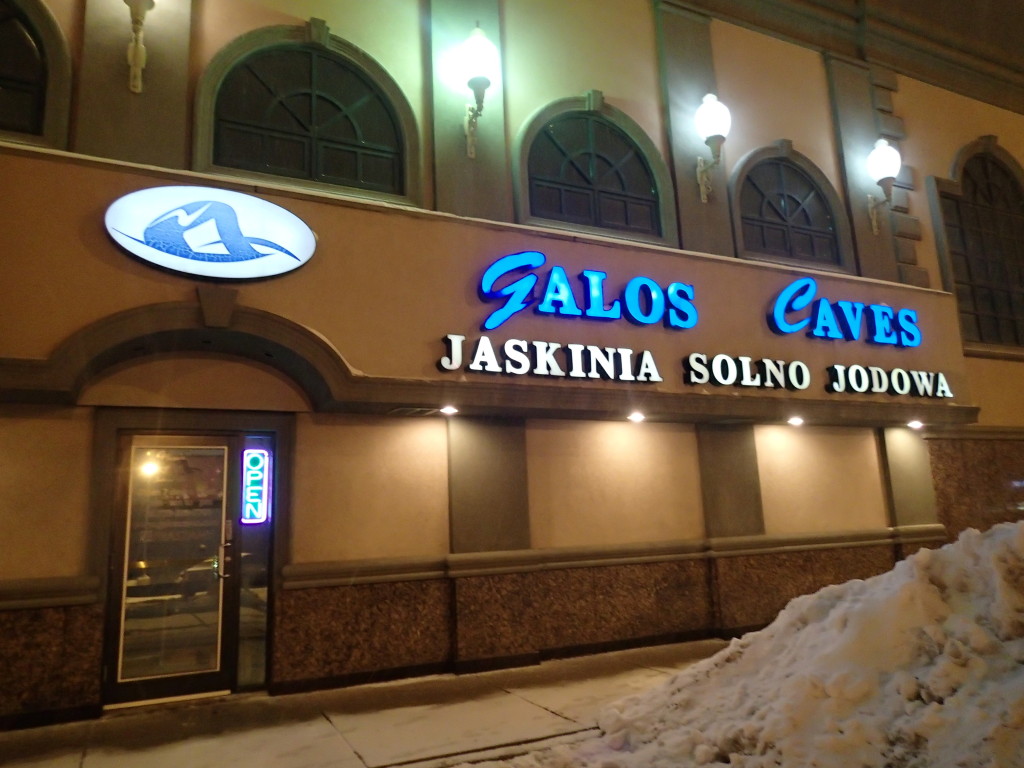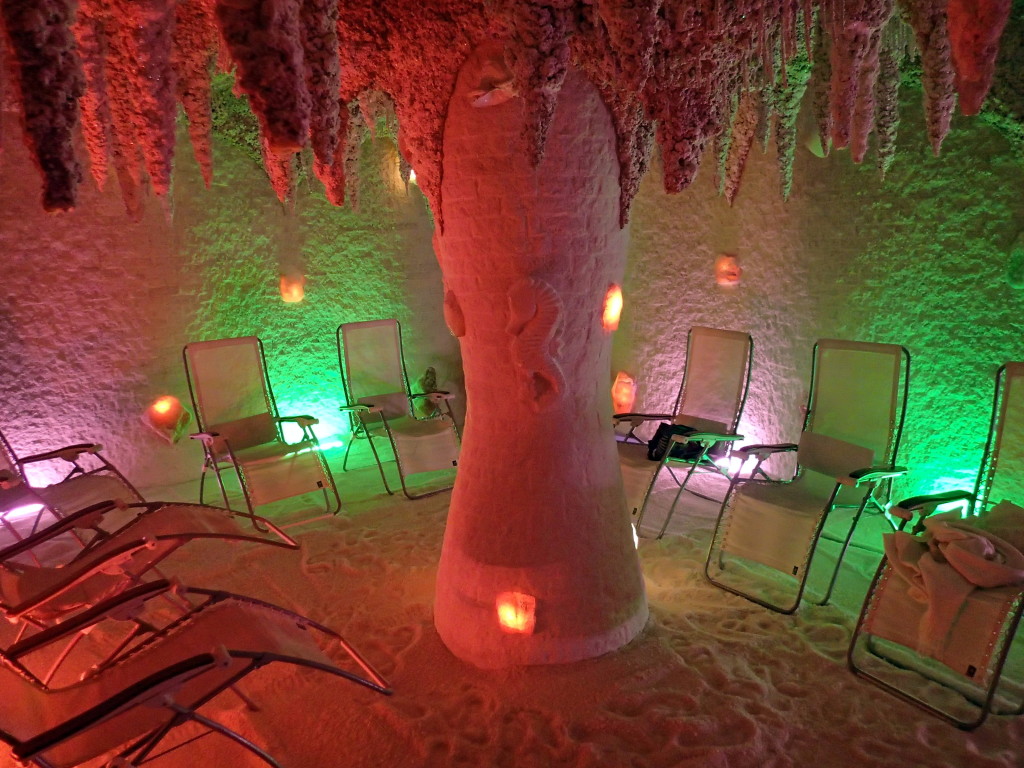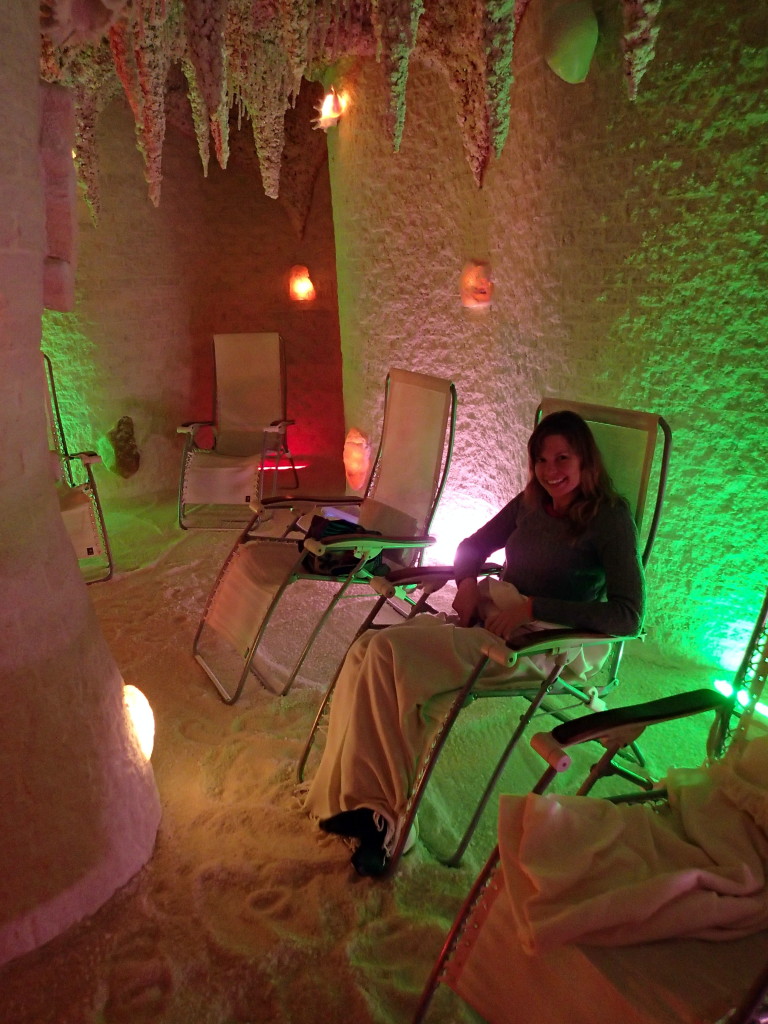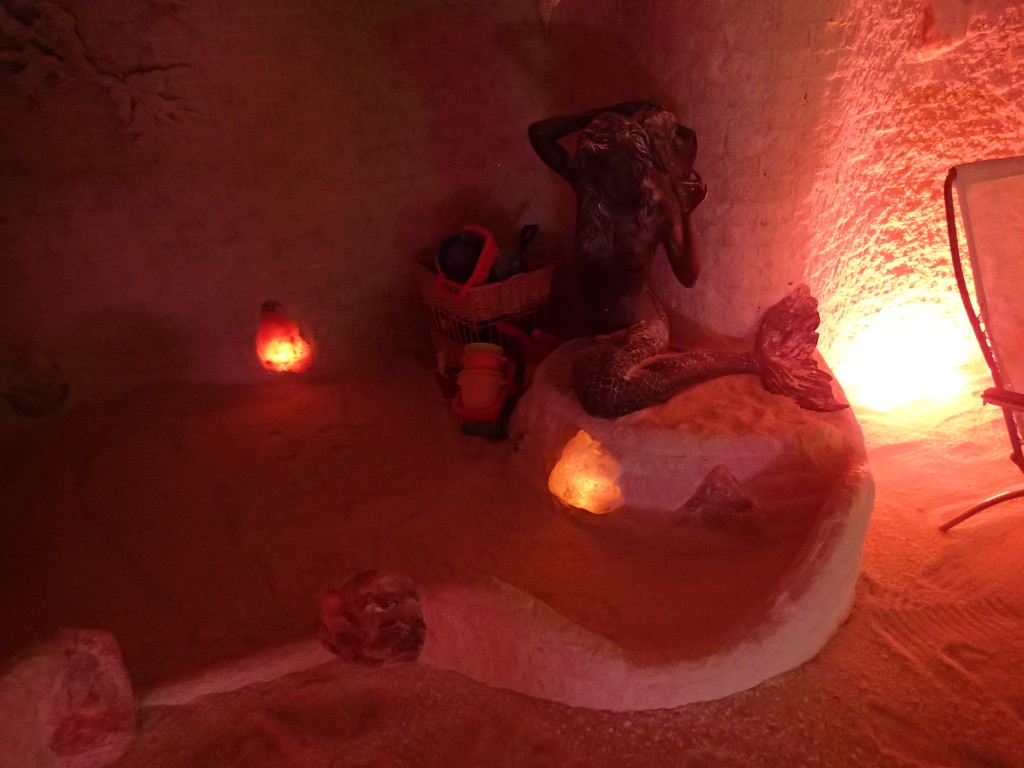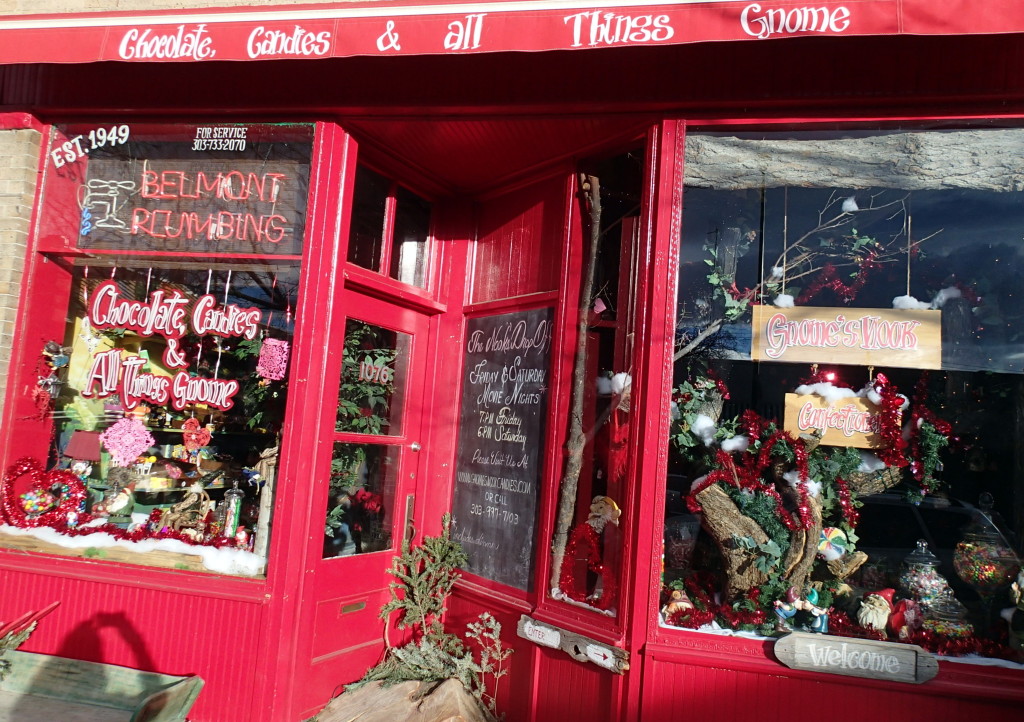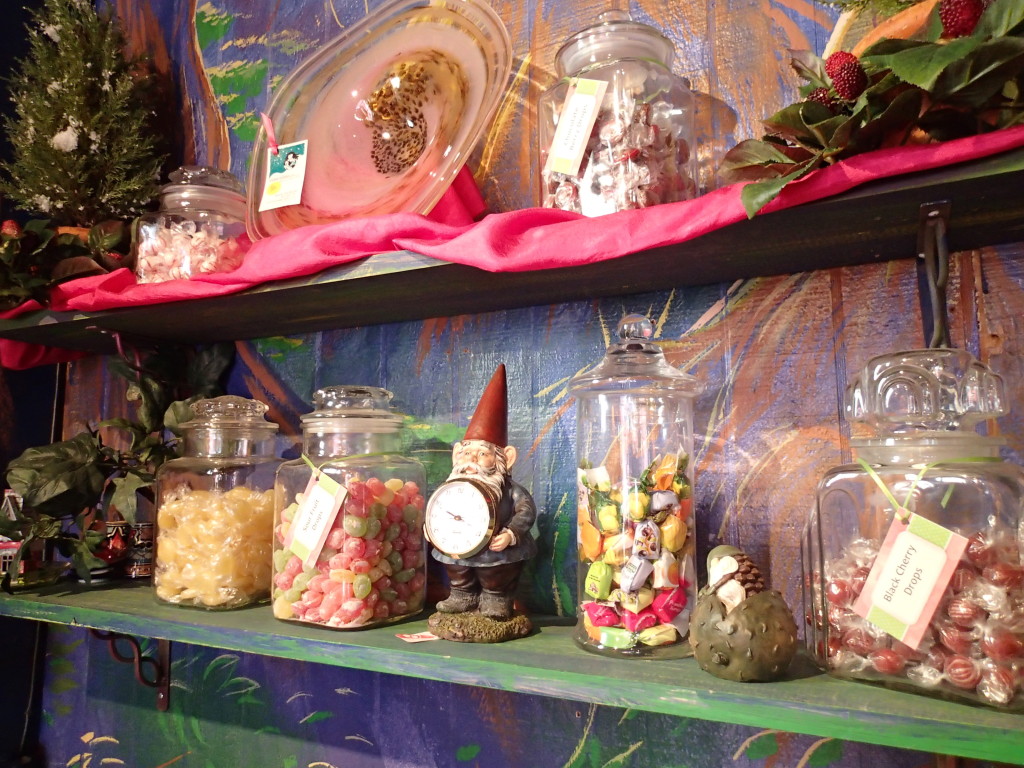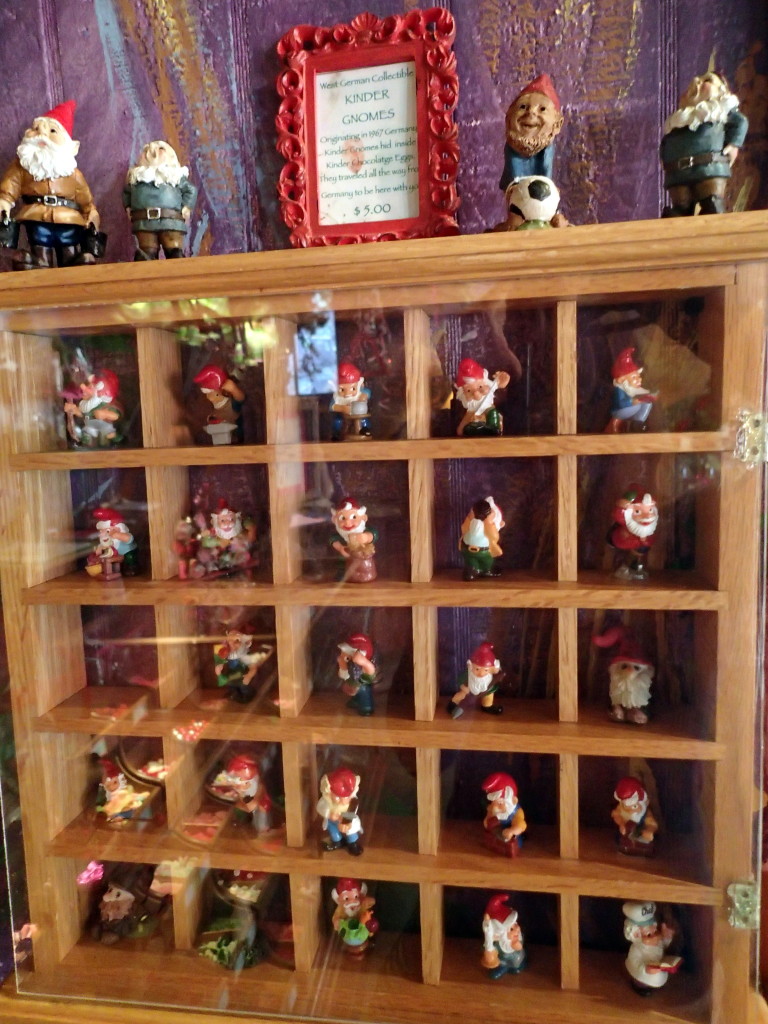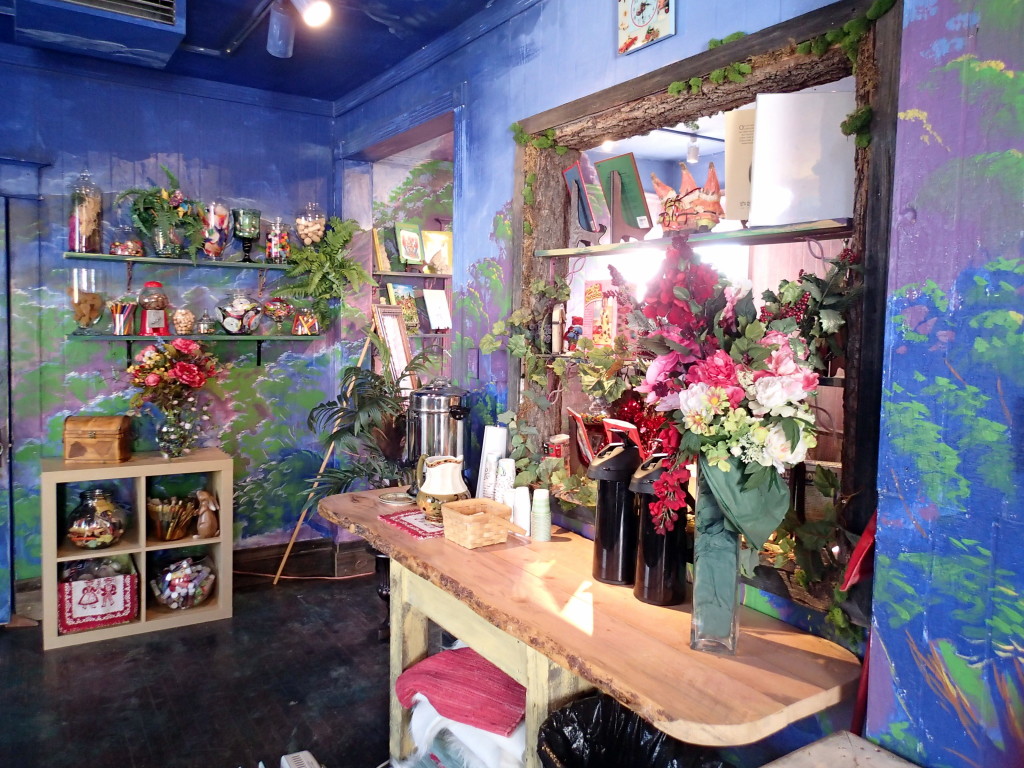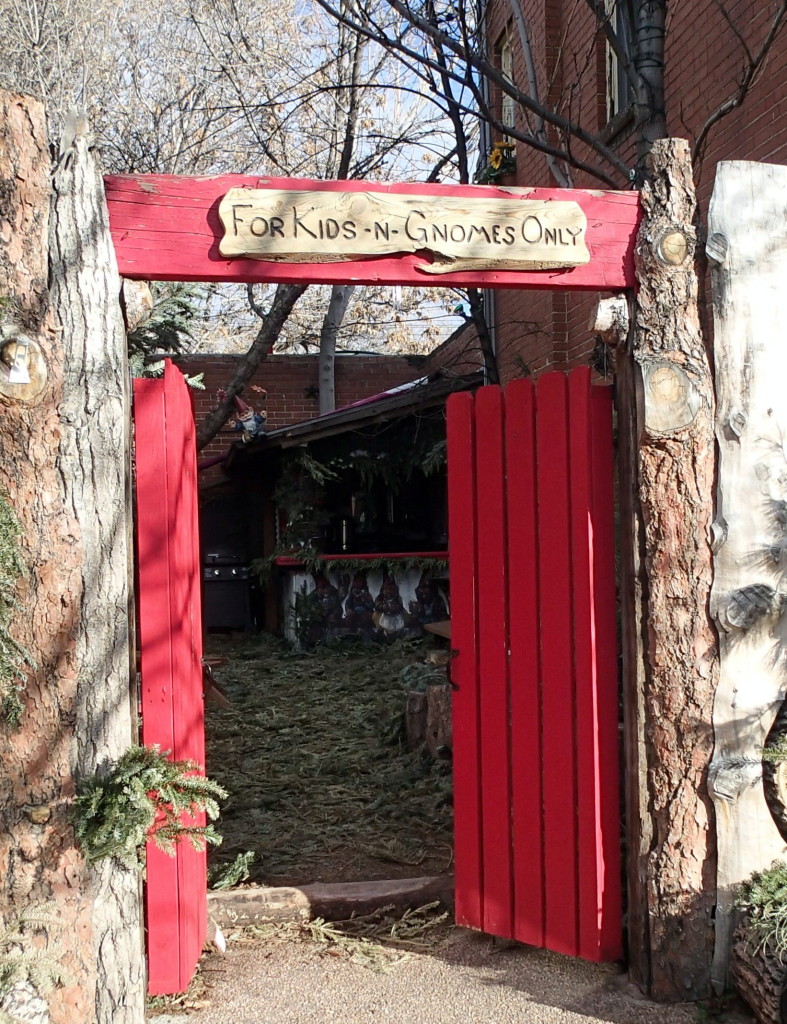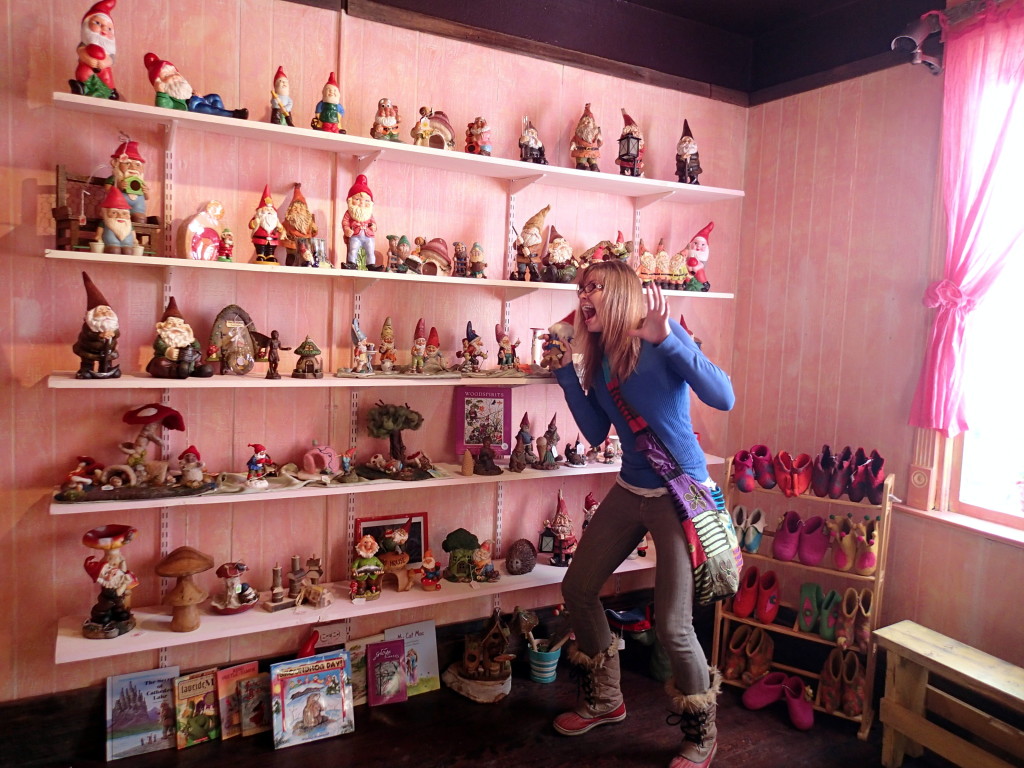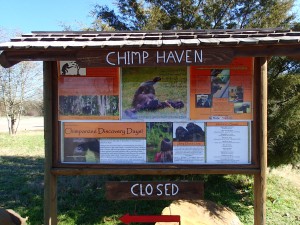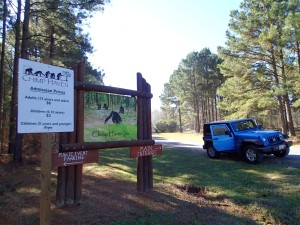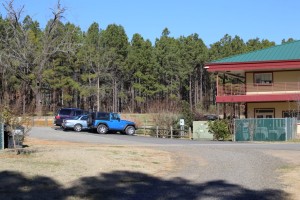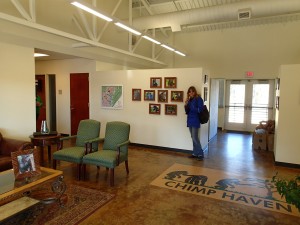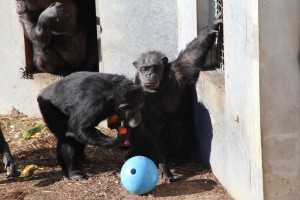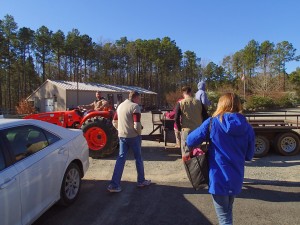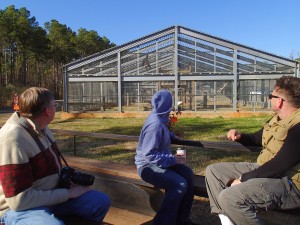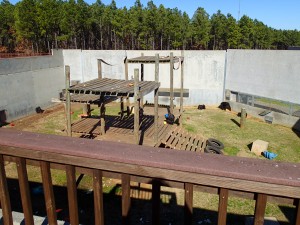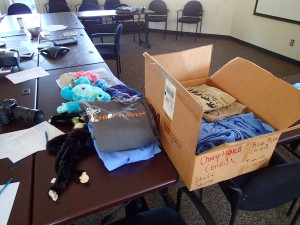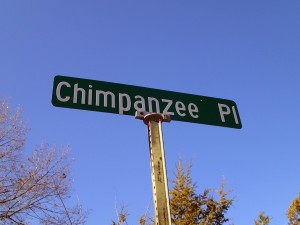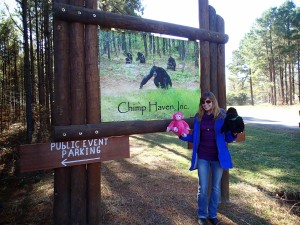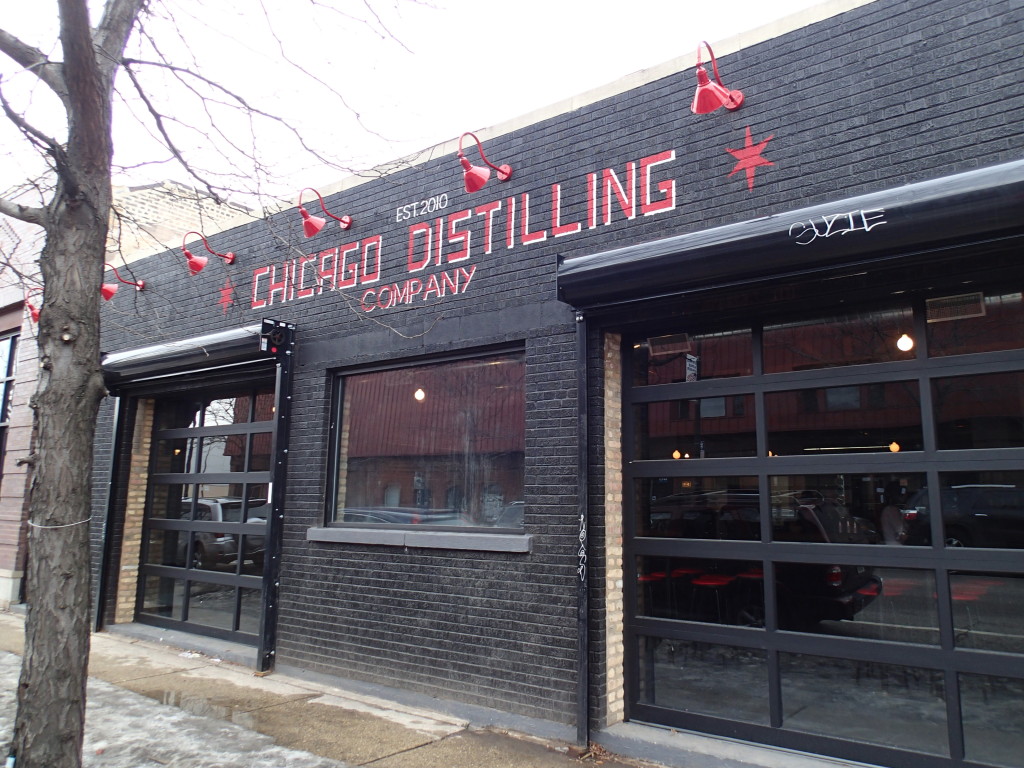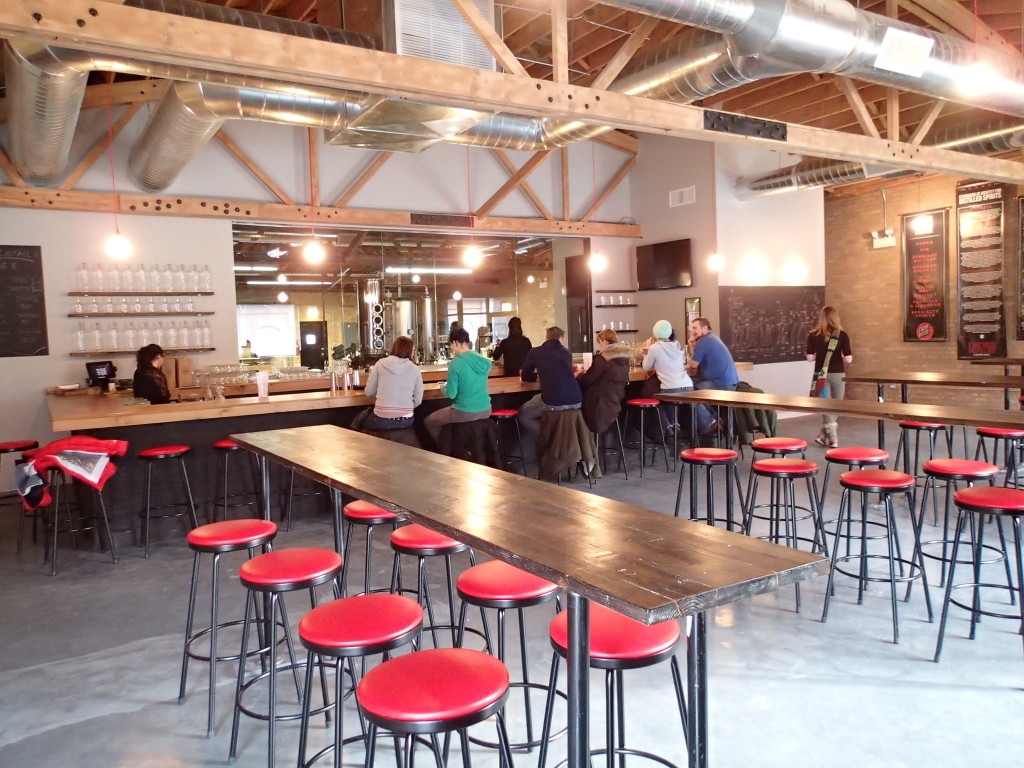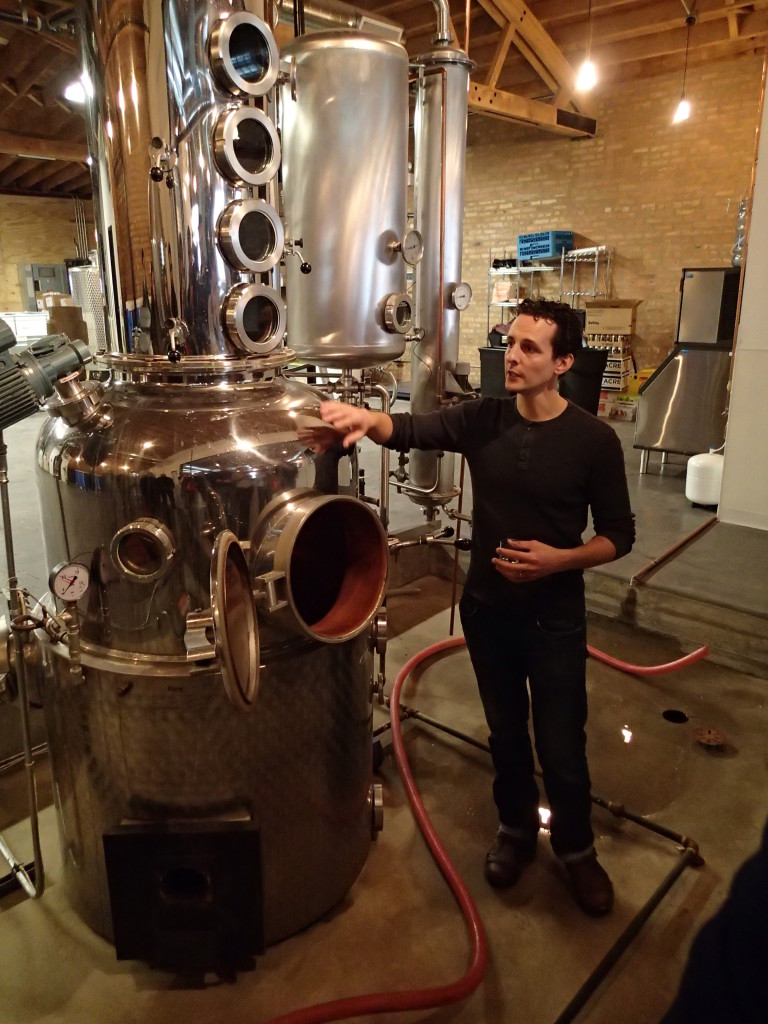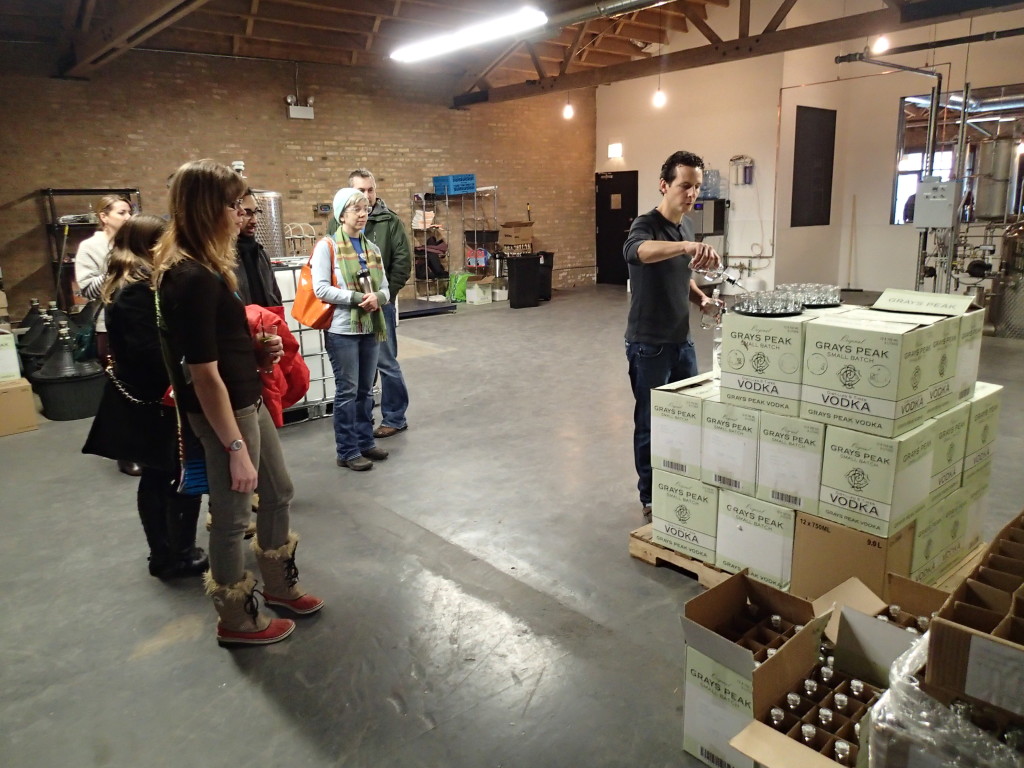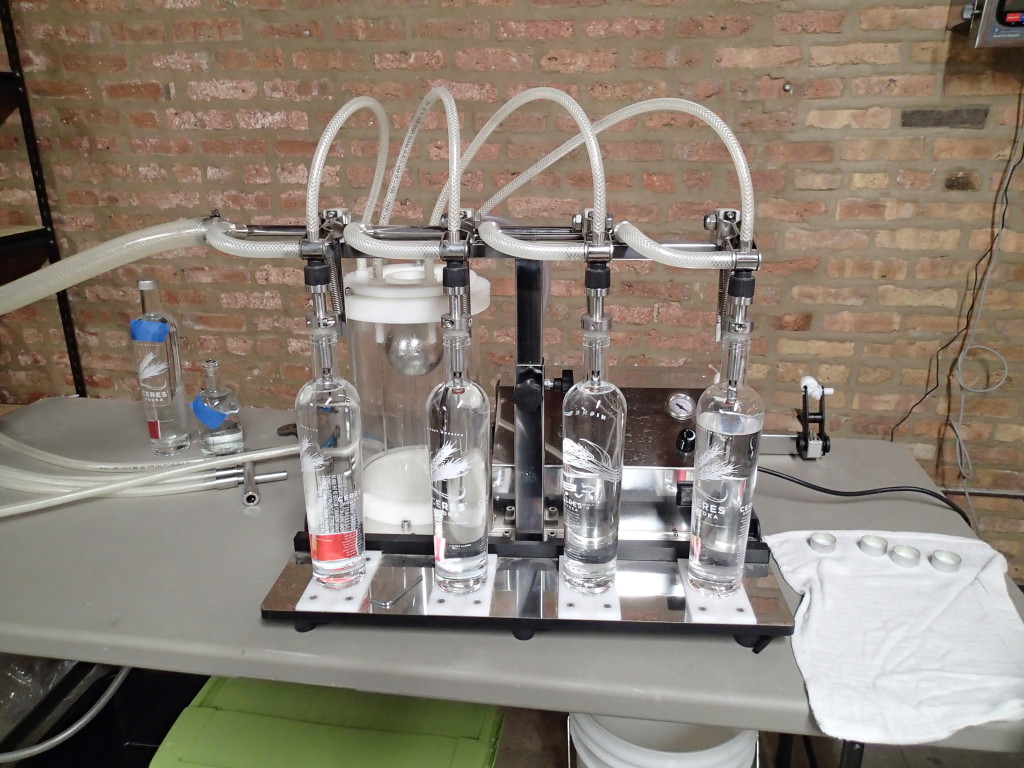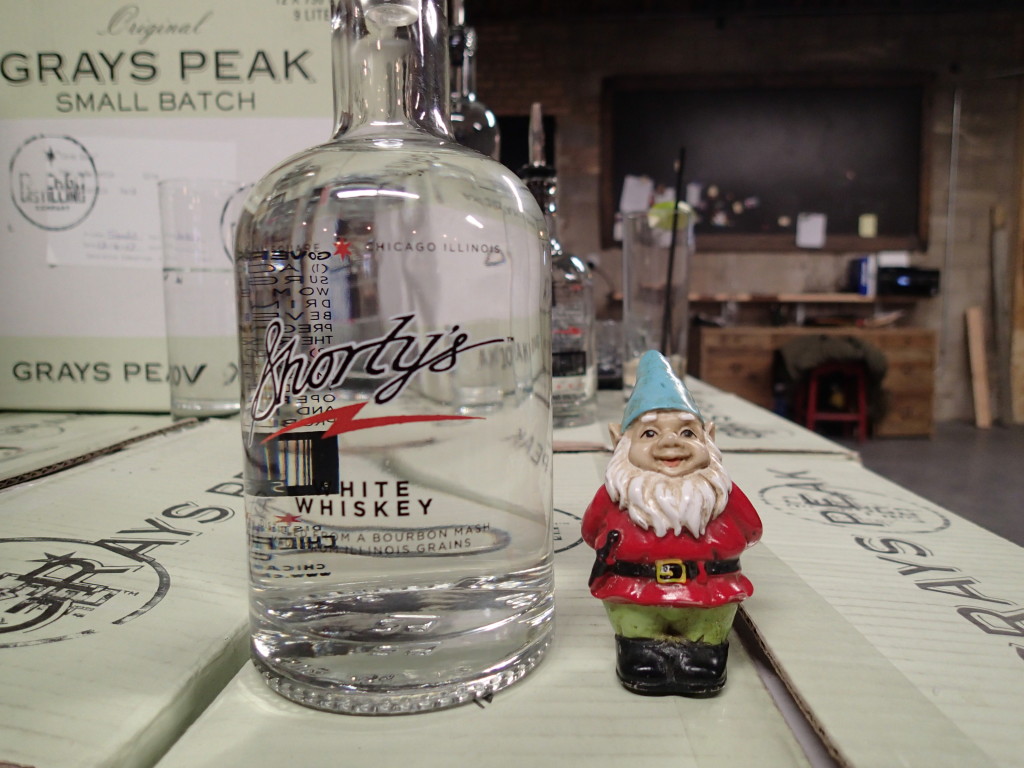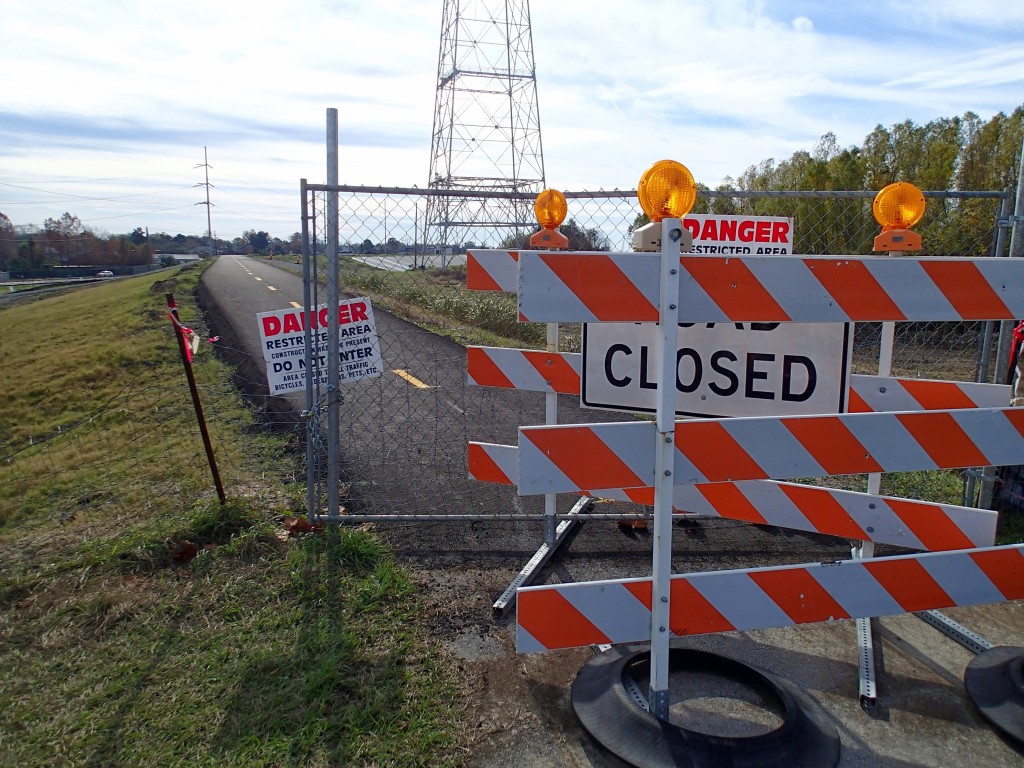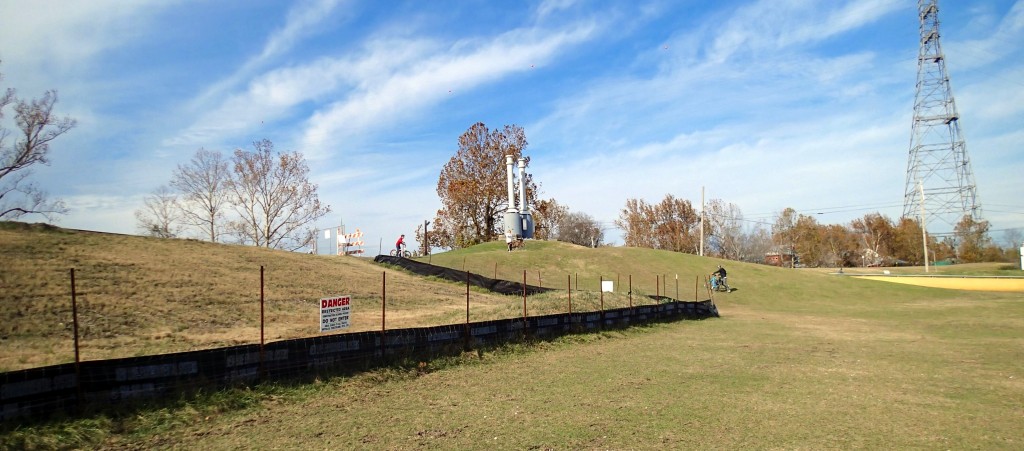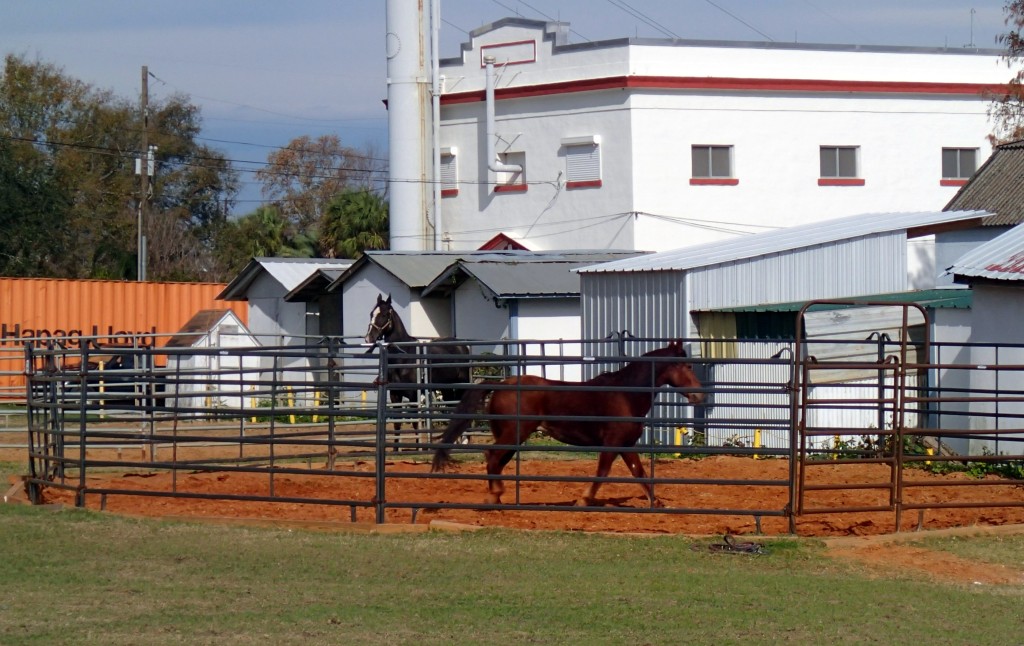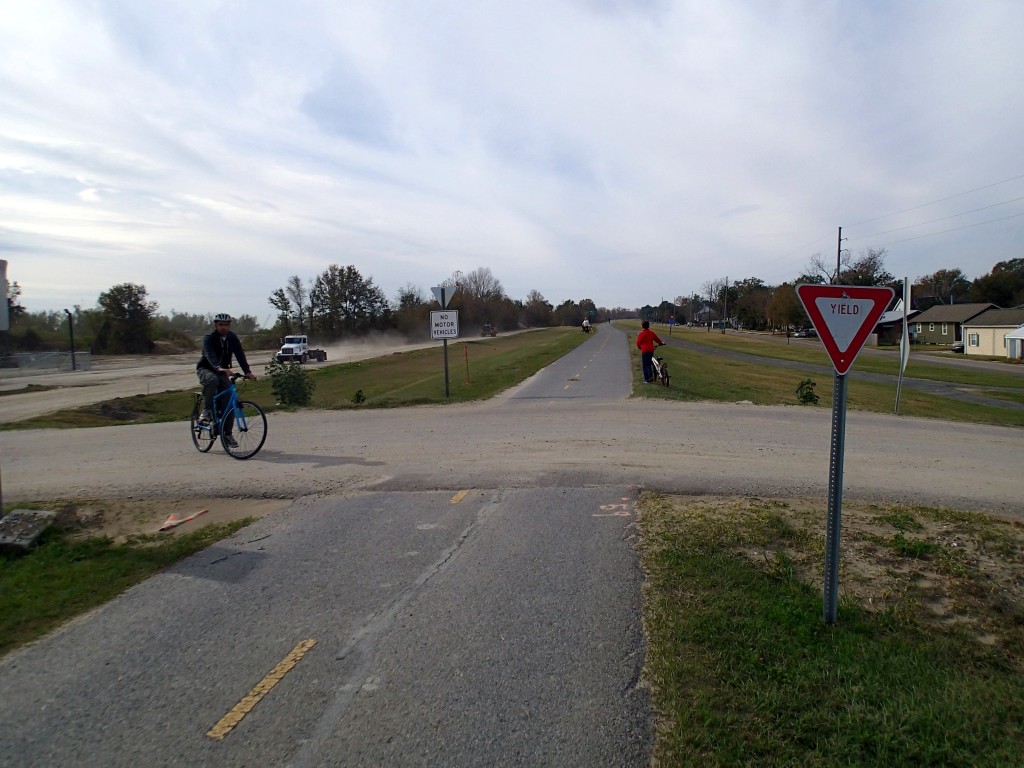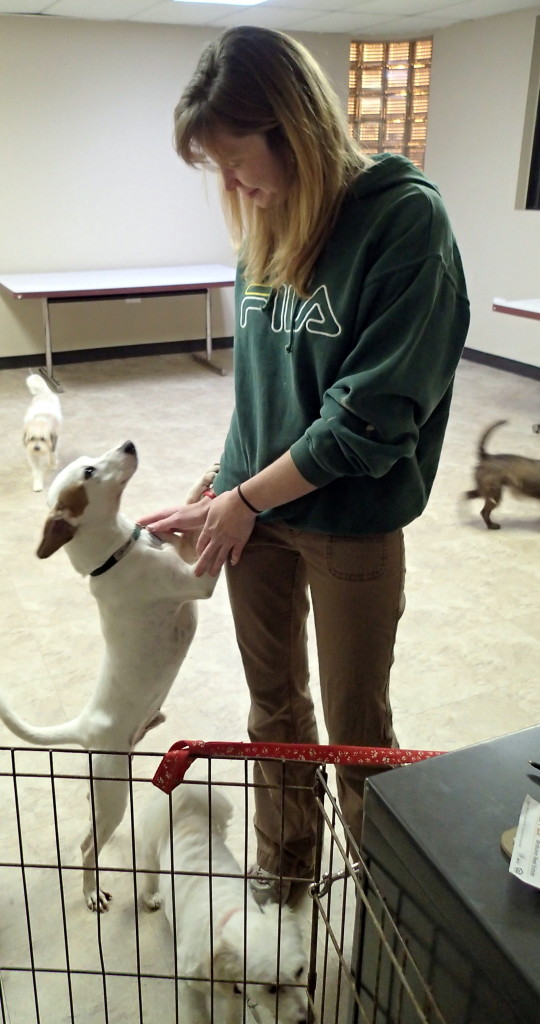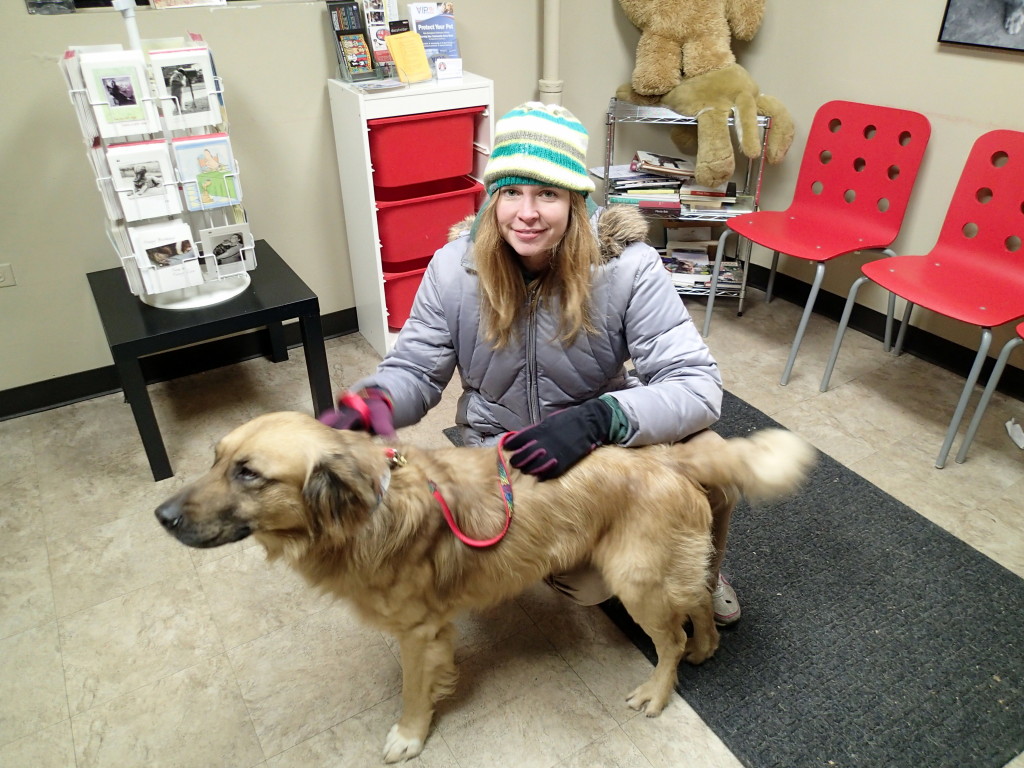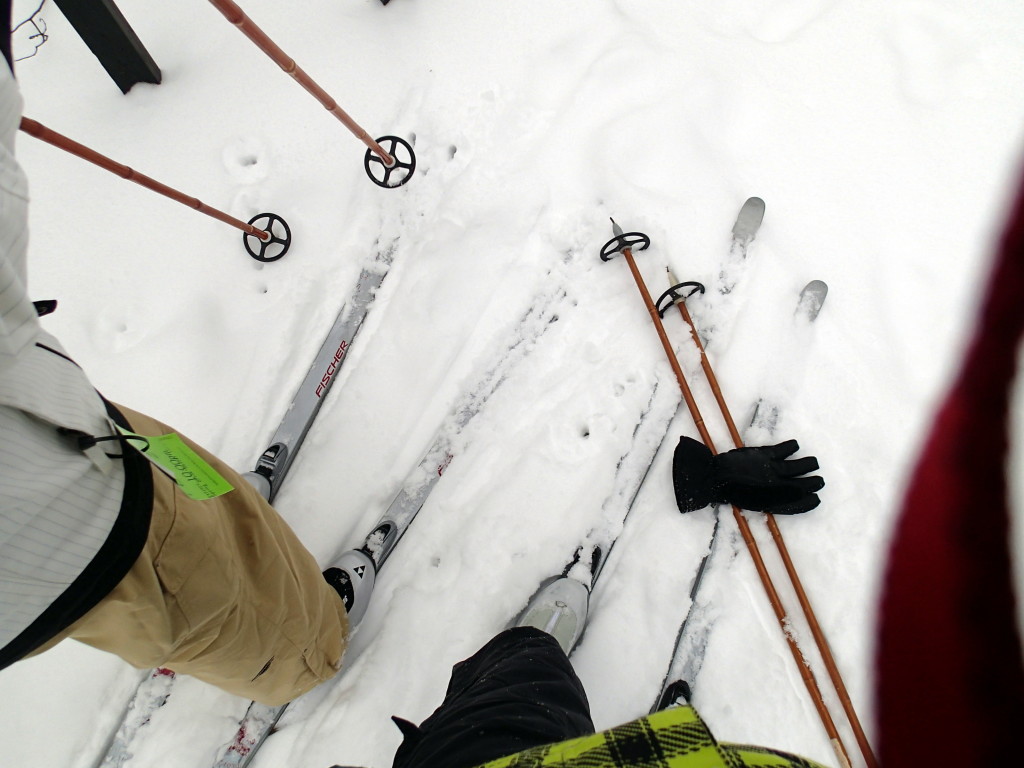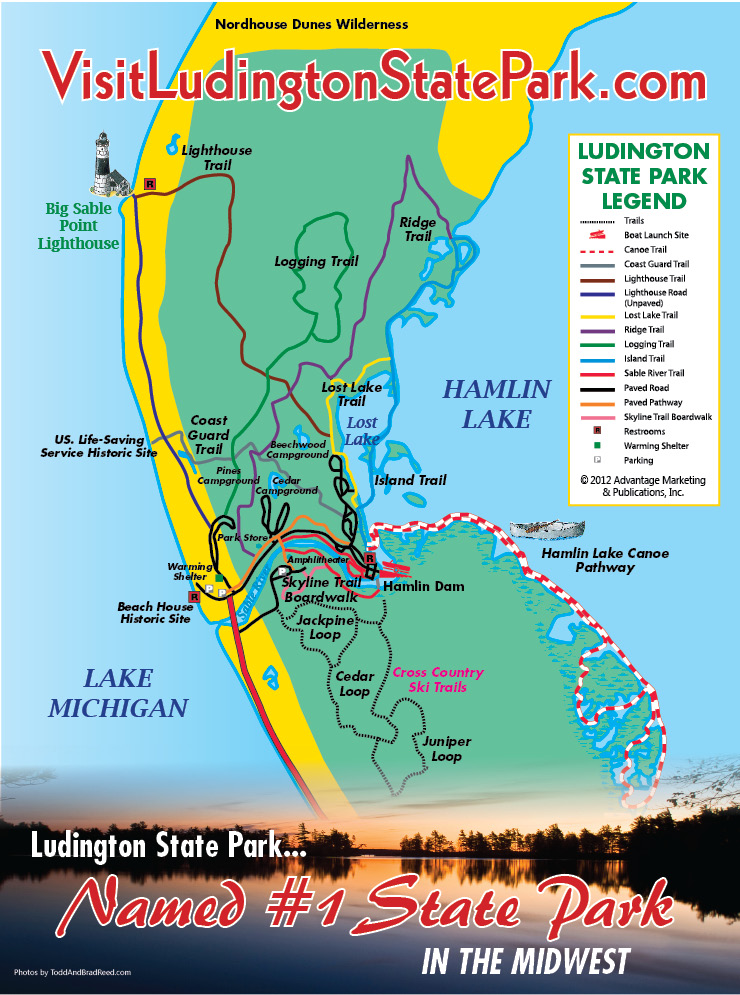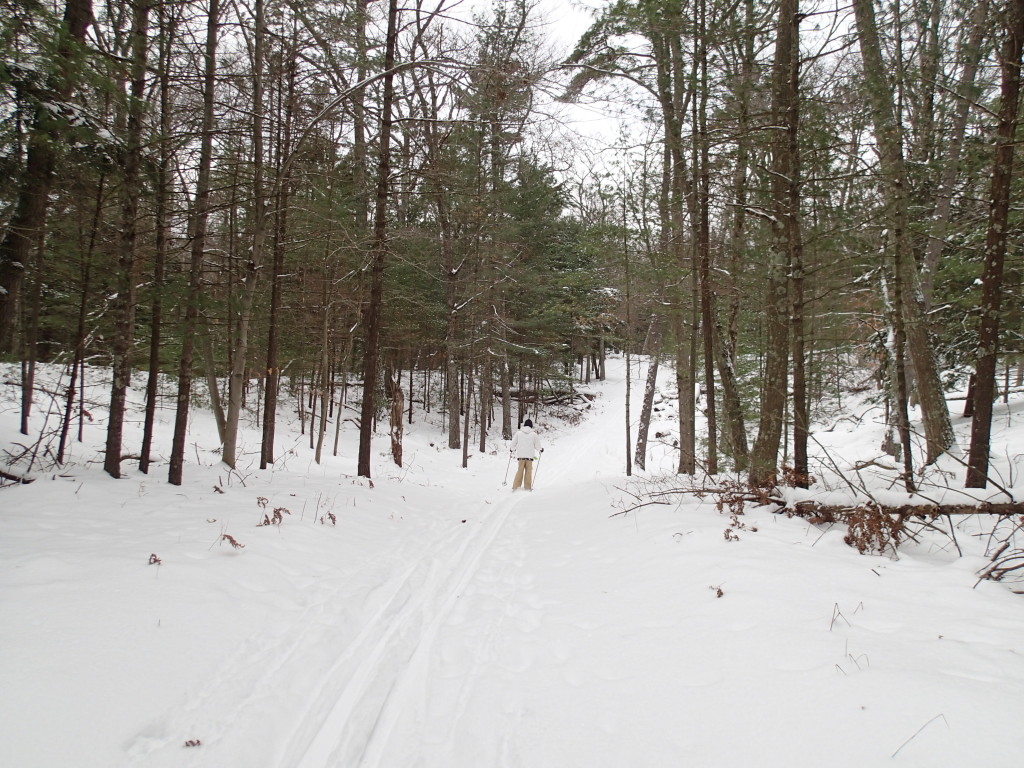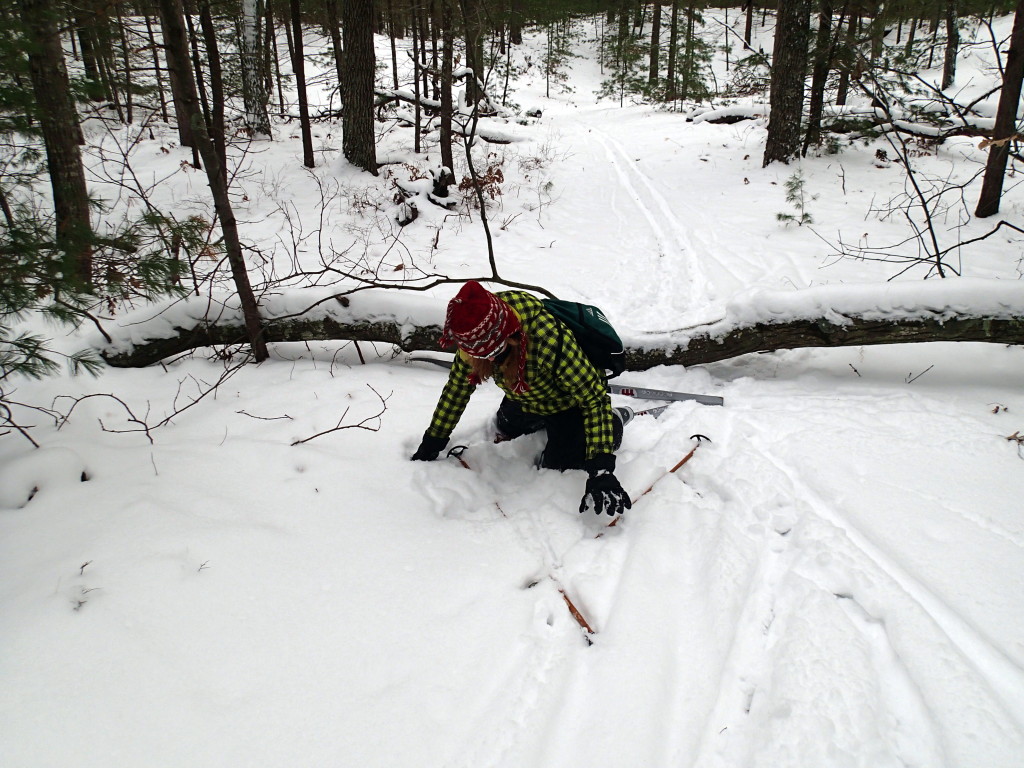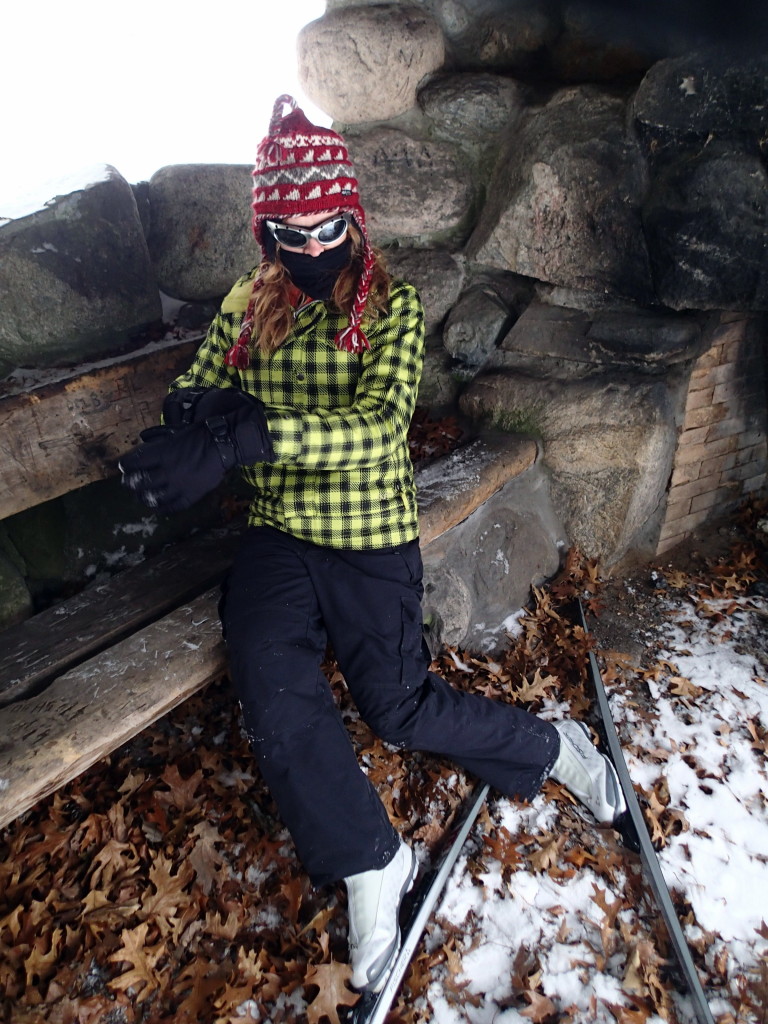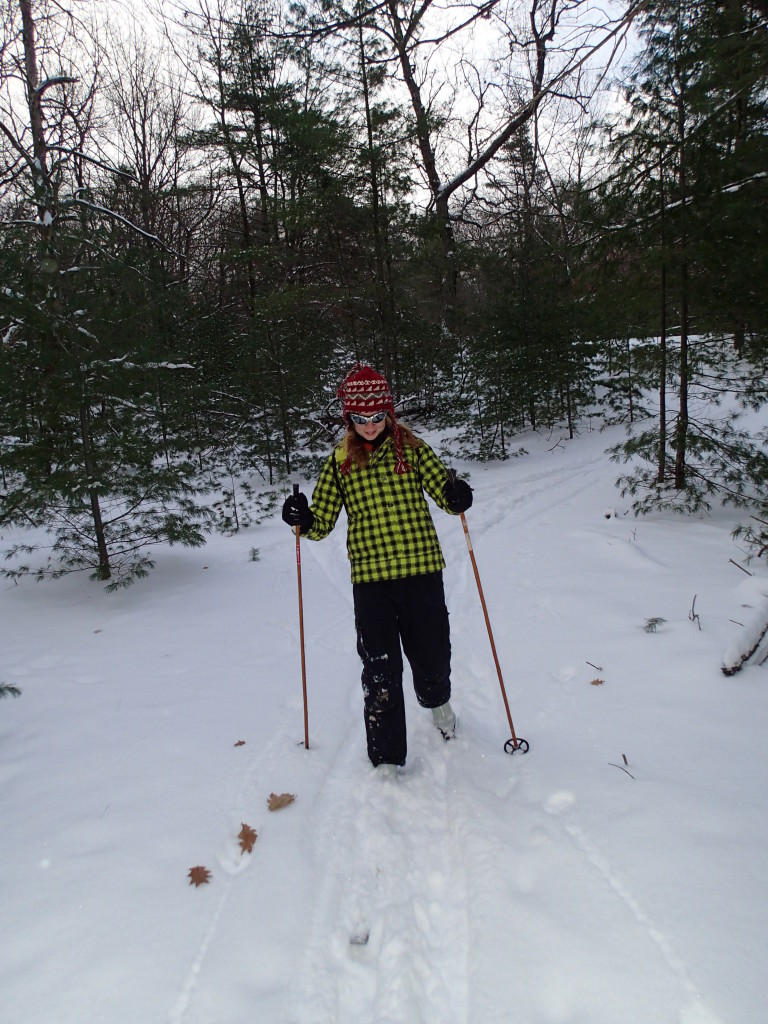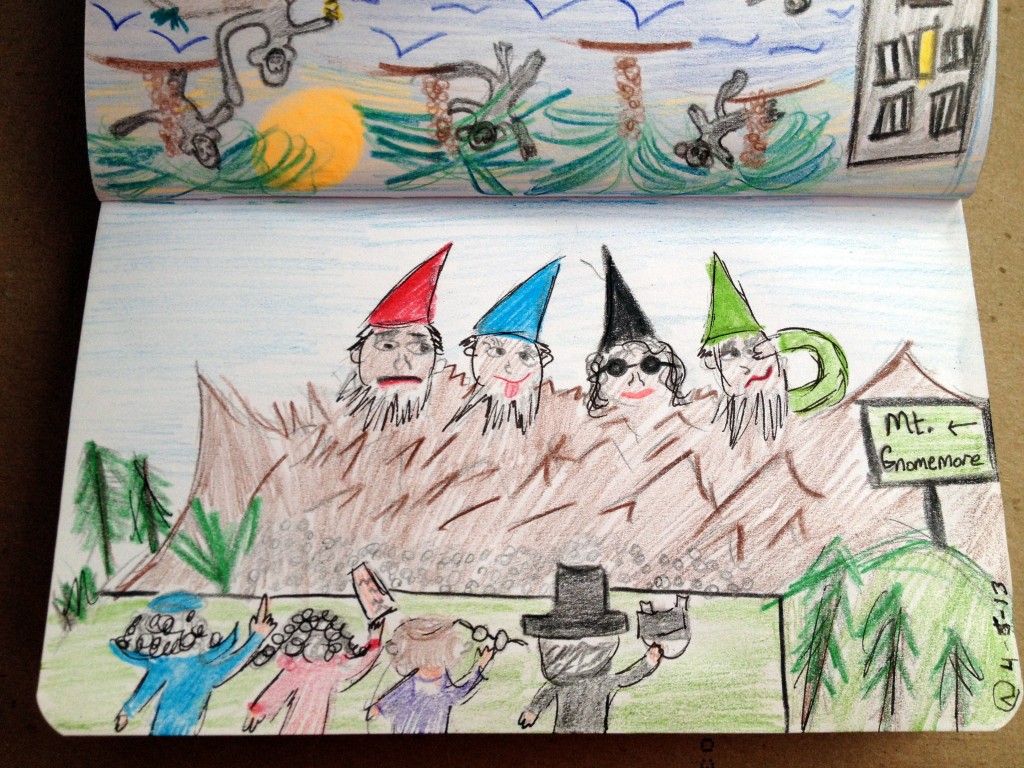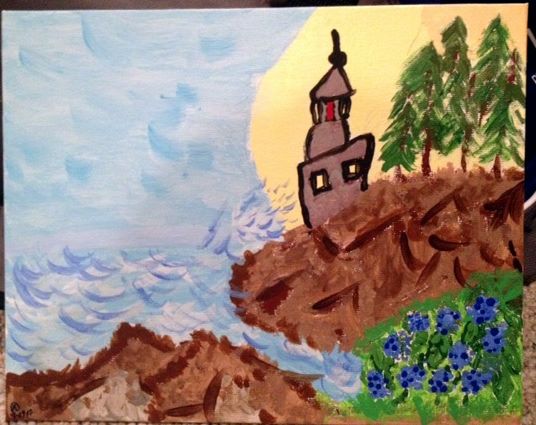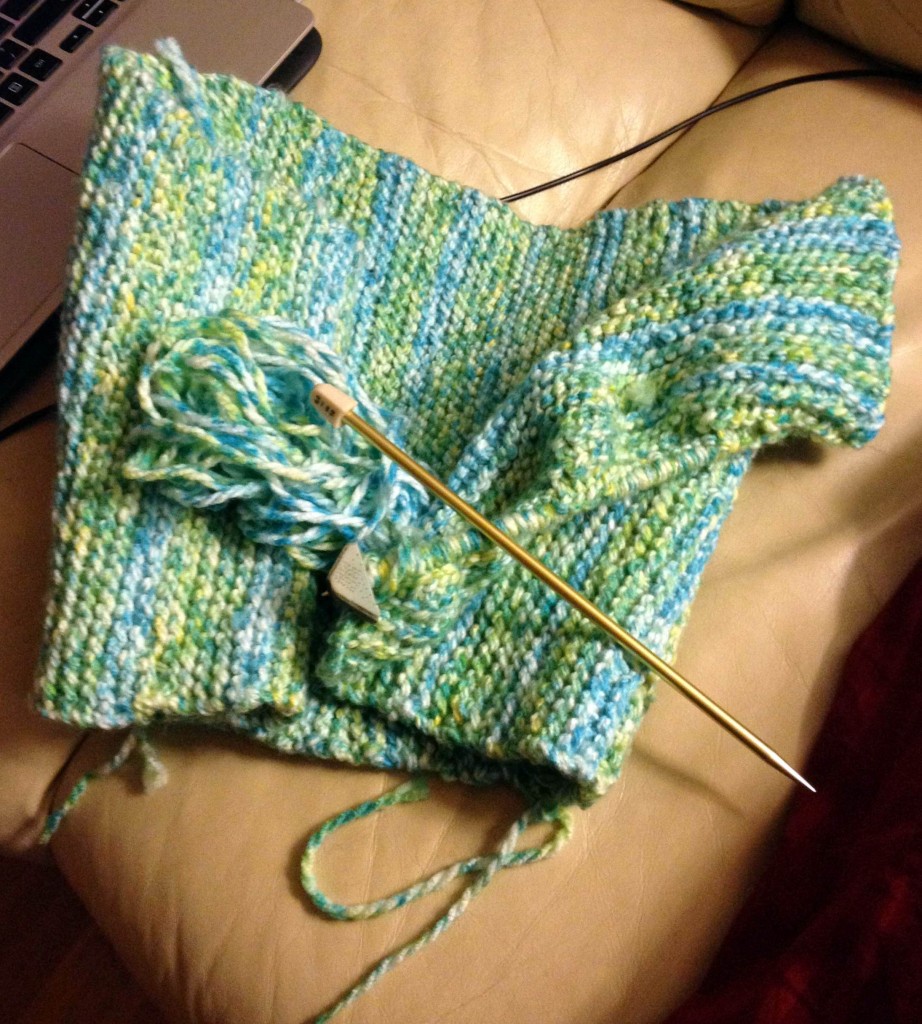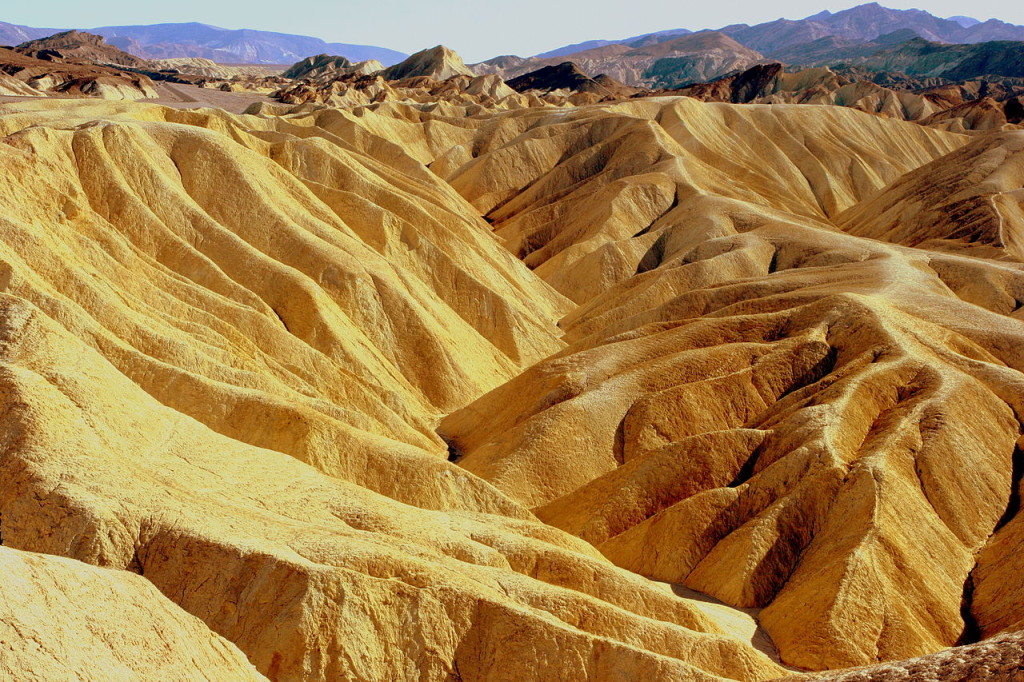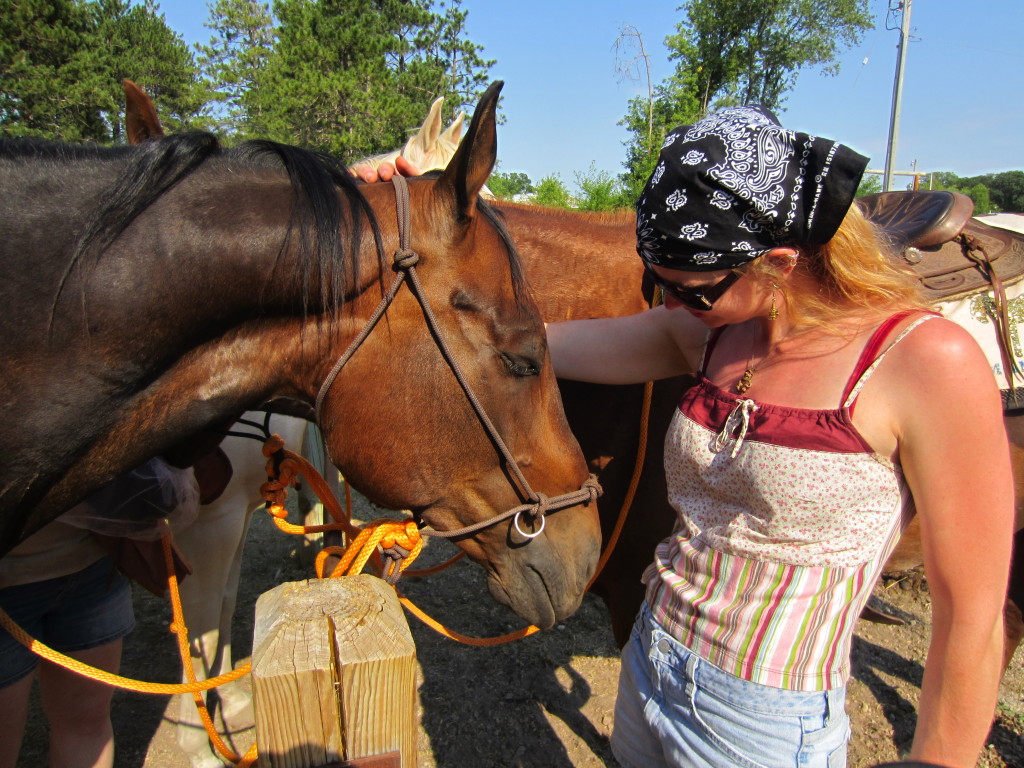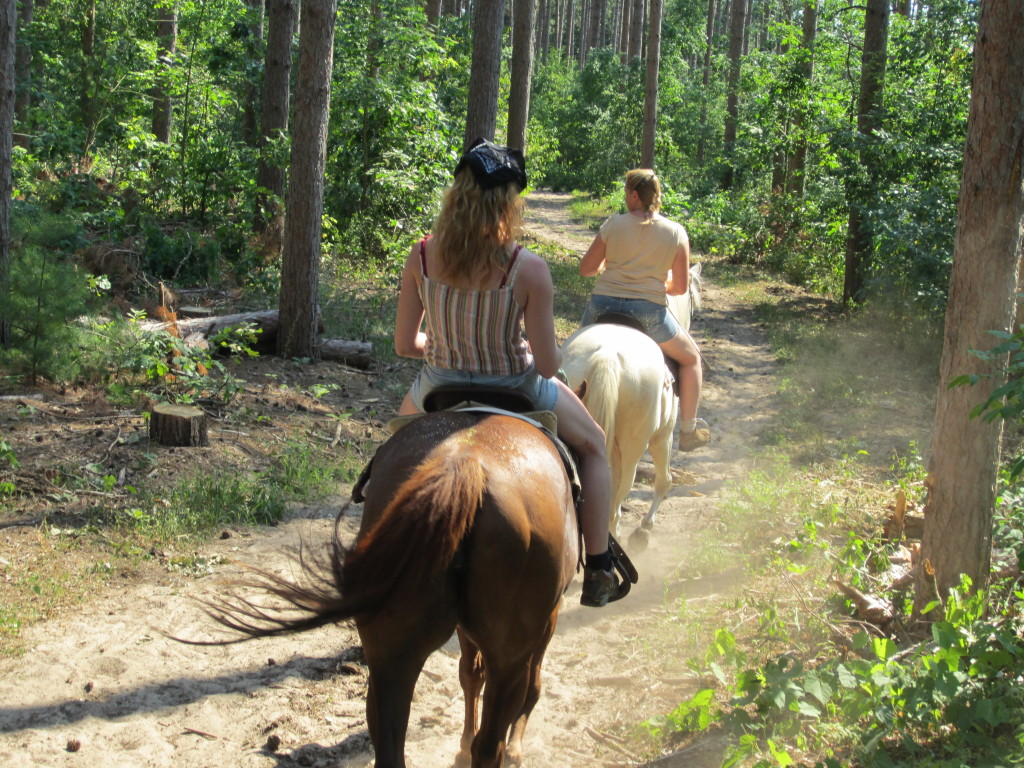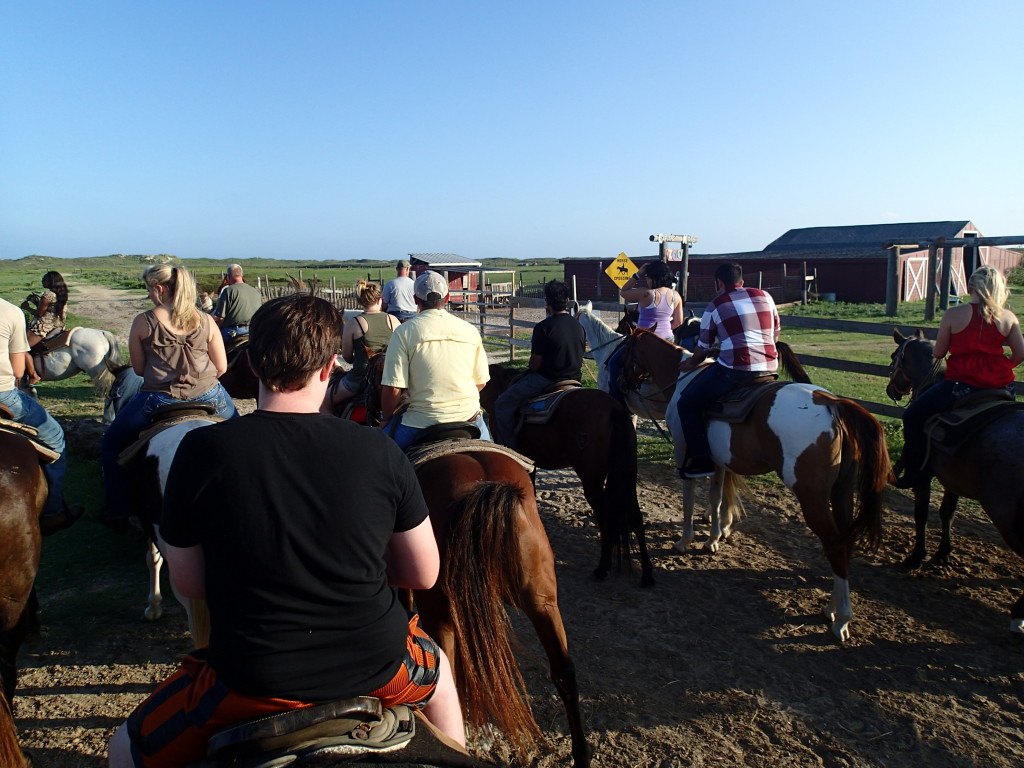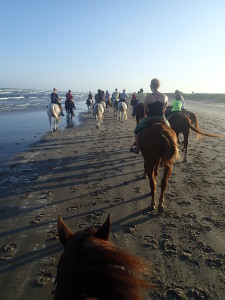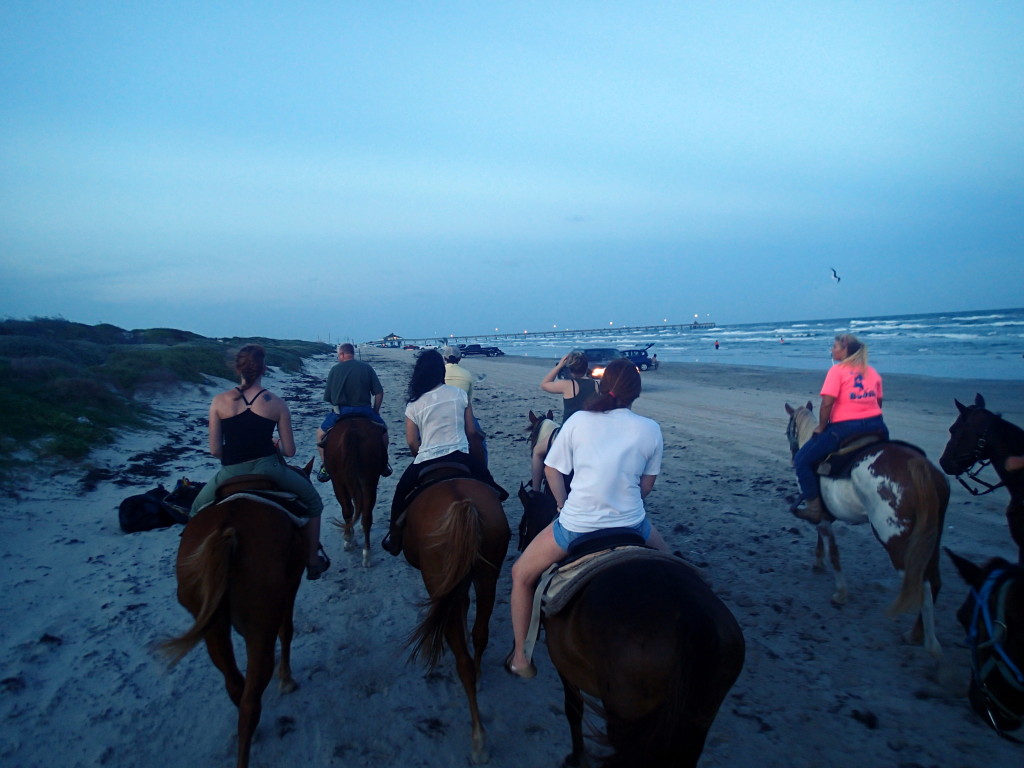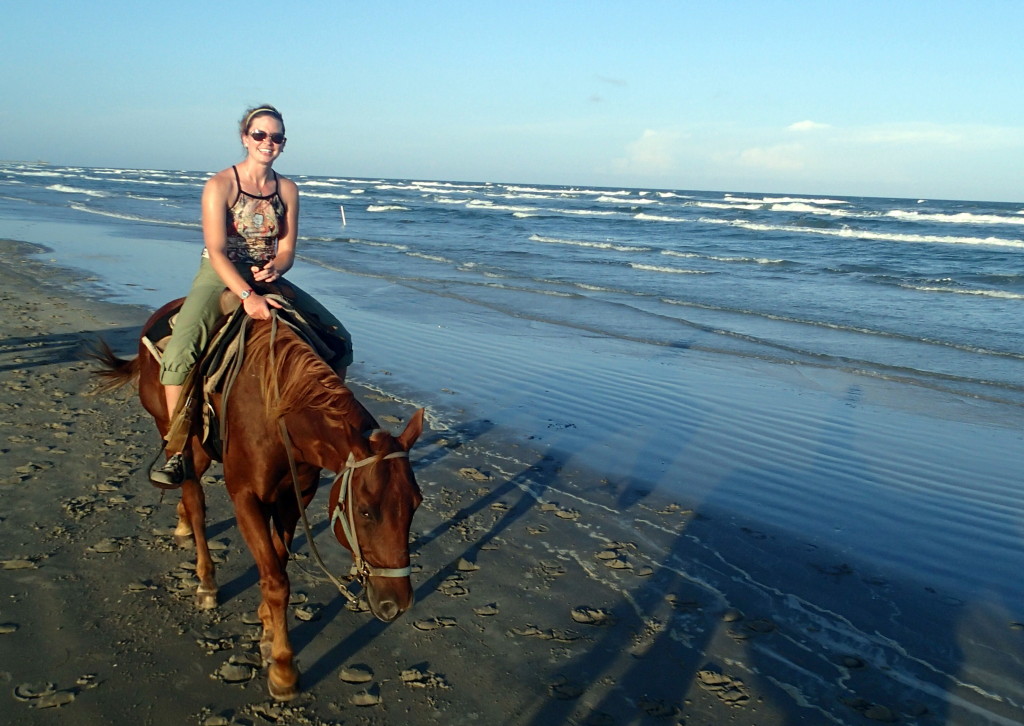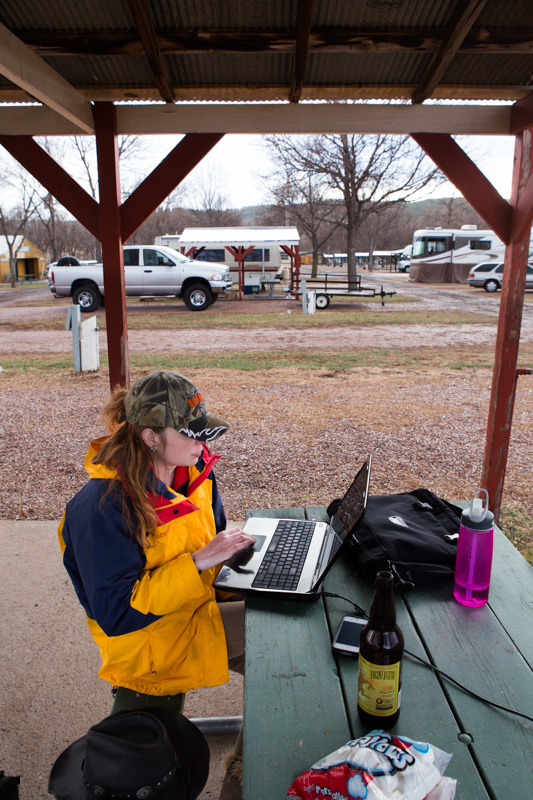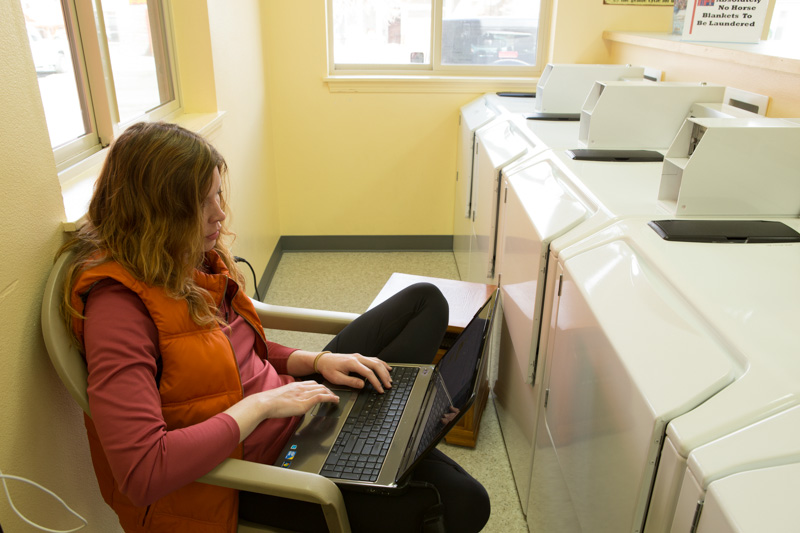They say 45 minutes in a salt cave is as good as spending three days on the beach. Chicago in February is just about as far from the beach as humanly possible. As a more feasible Tuesday evening alternative, I drove up and over to the Dunning neighborhood to scope out a little place called Galos Cave.
What the Heck Is a Salt Cave?
Salt caves are designed to expose people to salt therapy, sometimes referred to as halotherapy or speleotherapy. The thought is that exposure to the minerals in the salt produces natural health benefits.
The concept actually dates back to Medieval times. In 1843, a Polish physician by the name of Dr. Feliks Boczkowski wrote that the miners who worked in caves lined with salt didn’t suffer lung diseases. Crimean salt, derived from the mysterious Black Sea, got a lot of attention at the 1912 World Exhibit in Paris. Dr. Karl Hermann Spannage started using salt for therapeutic purposes after noticing improvements in the health of his patients who hid in the Kluterthöhle cave during heavy World War II bombings.
Although salt caves are largely an Eastern European thing, we have one right here in the Chicago city limits. The Everet Company has been building other Galos caves in Poland since 2000, and the Chicago one’s been around since 2005. For you suburbanites, you can also check out Timeless Spa and Salt Cave in Naperville.
What Magical Things Are In That Salt?
There are natural deposits of the mineral, halite, in salt caves, which is allegedly derived from ancient seas and lakes. Specific minerals are unique to individual salt caves, however, all salt caves are supposed to have a stable air temperature, humidity, and a lack of airborne pollutants. Here’s what Galos Cave has:
- Calcium to stabilize the nervous and skeletal systems
- Sodium to balance bodily energies and pressures
- Potassium to improve neuromuscular functioning and motor skills
- Magnesium to calm muscle groups
- Copper to improve blood flow and prevent inflammation
- Bromide iodine to control fat transformation and protect against radiation
- Fluorine to strengthen bones and stimulate immunity
According to the website, the temperature of Galos cave is 70-75 F, and the air humidity is 35-45%.
Does It Actually Work?
Salt cave believers say that just ten 45-minute sessions will treat your respiratory tracts, thyroid condition, heart condition, skin problems, anxiety, exhaustion, and obesity. Not surprisingly, these health claims are met with a fair bit of skepticism.
One cave believer, Merle Golden, told ABC News, “My breathing, my lungs, my sinuses, and energy and just aches and pains…it just seems to help with everything.”
However, most doctors agree that there is little hard science to back up claims like Ms. Golden’s. “From my perspective, there really is no risk to being in a room full of salt as long as you are not eating it,” said Dr. D. Kyle Hogarth, a pulmonologist at University of Chicago Medical Center. “If it helps you breathe better, you know in addition to the medications you are on , I got no problem with it. It’s your money and if you want to spend it to go sit in a cave, go ahead.”
So Honestly, What’s It Really Like In There?
Personally, I was a little nervous about my first salt cave experience. So naturally, I asked the woman at the front desk a few questions while surrendering my credit card. “It will all be explained to you inside,” she replied.
So with no comforting words of advice, I entered the strangely lit room with my wonderfully open-minded boyfriend at my side. I’ll admit, the aesthetics of the room are pretty amazing. Walk in and you’ll see colorful lights, salt sculpture formations, a salt-crusted floor, a ring of lounge chairs, and a stack of towels.
I must admit that I didn’t fully pay attention to the recorded voice talking about the benefits of the salt cave once the door closed behind us. Although the salt cave could have easily accommodated 10-12 guests, we were the only ones there. Like true kids at heart, we excitedly busied ourselves by touching the walls, snapping pictures, tossing salt around the room, and exclaiming what a totally trippy place this really was.
After the initial excitement wore off and the lights dimmed, we settled into lounge chairs and got comfortable. New age-ish music played to the sound of crashing waves and chirping birds. I guess you’re supposed to silently sit still and relax. However, my self-diagnosed ADD got the better of me, and I found myself reading my Kindle and browsing Groupon deals after about ten minutes. After 45 minutes, the colorful floor lights pop back on: the universal cue to get out.
Kids and Salt Caves
One of the things that I found most surprising about Galos Cave was that children are invited to come in. There is a sand (er, salt) box in the corner of the room with tiny shovels, buckets, and beach toys. Although there were no children present during my time in the salt cave, I would imagine the sound of squealing kids throwing salt at each other would cancel out any relaxation benefits that the cave may offer.
The Logistics
- Located at 6501 W. Irving Park Road in Chicago
- Open 7 days a week from 10 am to 8 pm
- Call 773-283-7701 to make an appointment before showing up
- A 45 minute session costs $15 for adults, $10 for seniors and students, and $8 for children ages 4-12, and free for kids under 3.
- Wear comfortable clothes and socks
So is going to a salt cave worth it? For a one-time experience, definitely! Galos Cave is truly unique to the Chicagoland area, and I learned a lot about a therapy that I never knew existed. For a pretty reasonable price, this was an awesome excuse to get out of the house on a snowy Tuesday evening. Clearly, some other Chicagoans agree with me, because Galos Cave just made Chicagoist‘s “9 Best Spas in Chicago” list.
The Jolly Inn next door also serves up some mean buffet-style Polish cuisine. I can rarely turn down a good potato and cheese pierogi.
However, I don’t see myself going back to another salt cave anytime soon. Granted, I only went to one session and not the recommended ten, but I sure didn’t notice any sort physical, mental, or spiritual health benefits. I’m not sure how much I believe in the hype, but I do believe in seeking out and taking a chance on random experiences. Places like Galos Cave spice up the routines of daily life and remind us how much there is to learn about in the world.
Have you ever been to a salt cave. If so, what did you think? And if not, would you consider going to one now?

